The naming of this smelter town was a cause for debate. The population was undecided between ‘Glendale’ and ‘Clinton’ (or ‘Clifton’ according to some historical sources).
According to legend, in 1875, the people of this community decided to write the names on opposing sides of a piece of wood, and then throw the wood in the air and choose whichever name landed face up. It was Glendale.
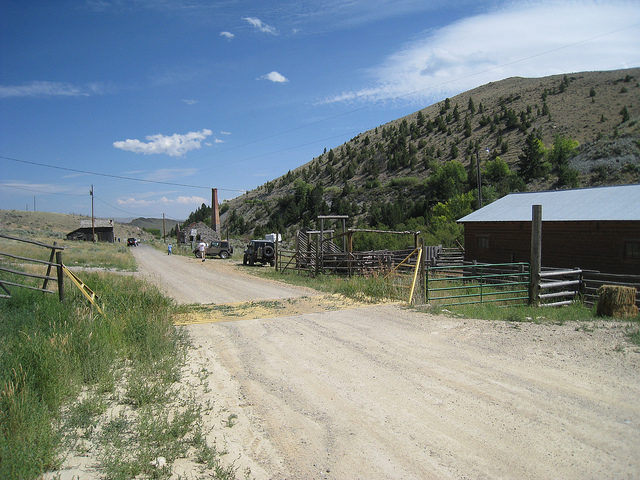
Once the name had been settled, the population was at ease. In 1879, Glendale’s first newspaper – The Atlantis – was founded. Day by day the town grew and soon a brewery was erected. Glendale also boasted a number of saloons. The history of the town began during the 1870s, on the slopes of Lion Mountain when the Hecla Mining District was born.
The area was rich in ore and in no time four towns were created named Lion City, Trapper City, Hecla, and Glendale. The Hecla Mining District was one of the richest in the area. It produced around $20 million dollars in profit: extracting copper, silver, and zinc from deep within the earth.
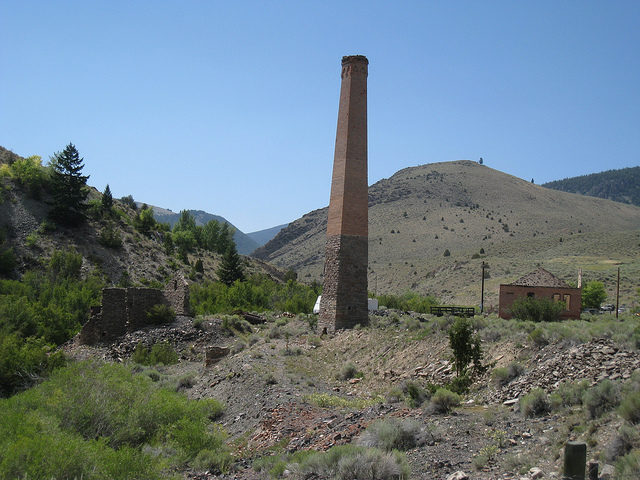
The first ore deposit discovered in the area was by James Bryant and William Spurr. Spurr never worked to progress his claim, though it is told he had recorded it in his own name and left Bryant’s off the record. It was Bryant who, a year later, returned to this area alongside other prospectors, including Philip J. Grotevant, and began the quest of searching for ore.
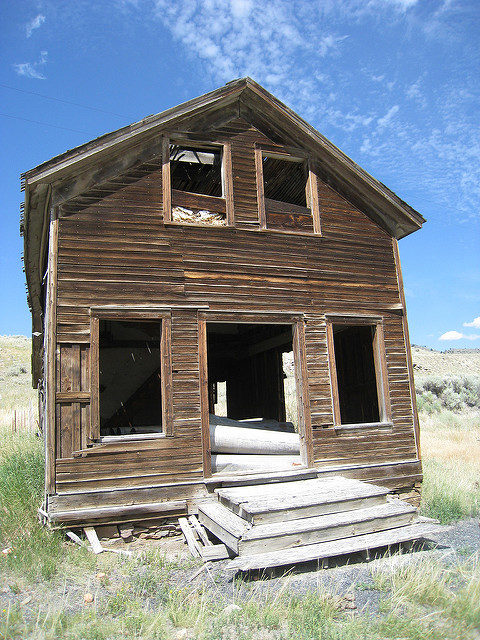
The men managed to locate silver ore along Trapper Ridge. This lode was recorded in Bannack and the mining activities commenced. They extracted lead and silver ore, which was loaded in wagons and taken to Denver to be smelted.
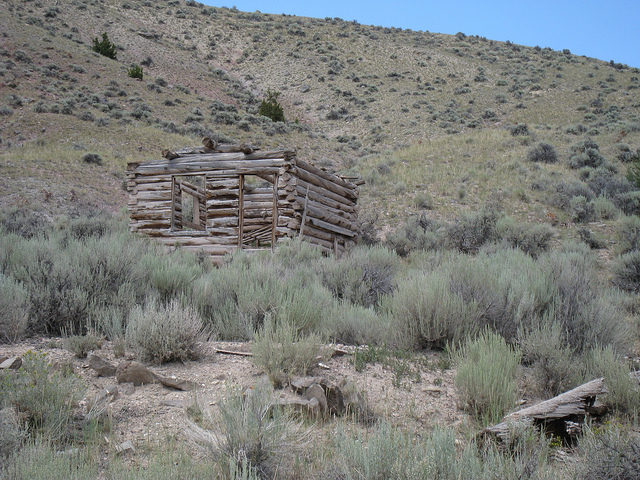
Good news travels fast, and before long many others came to this area to claim their riches. In 1875, two men by the name of Charles Dahler and Noah Armstrong erected a 40-ton smelter nearby to Trapper Creek. At first, this area was a mere camp filled with miners and prospectors.
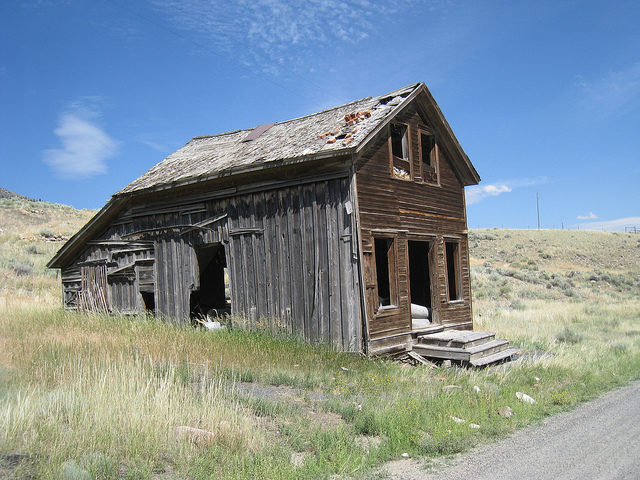
But as days went by the camp grew and eventually became known as the town of Glendale. In 1875, a post office was established. The town grew with ease and more and more people arrived, along with their families. According to Legends of America, Glendale was “the tamest and most civilized of the four mining camps in the district.”
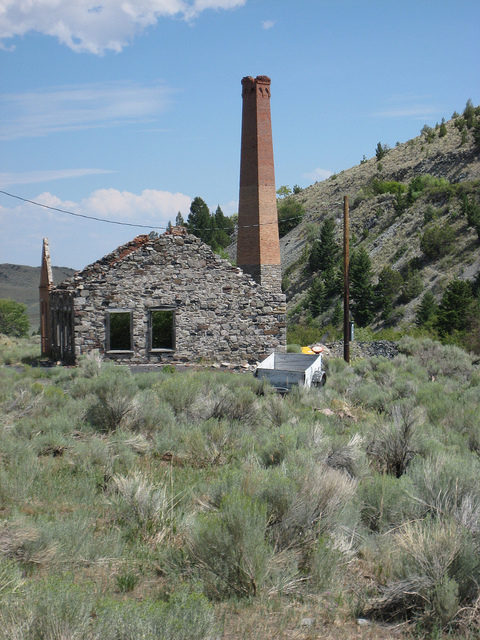
It was here that John Mannheim opened another brewery – he already had one in the town of Bannack – named The Montana Brewery. Noah Armstrong also opened a merchandise store and, together with other businessmen, formed the Hecla Consolidated Mining Company. Glendale continued to grow. During its best years, the town was home to 2,000 citizens.
The end came for this booming mining town at the start of the 20th century. The Hecla Mining Company went into bankruptcy and slowly the townsfolk began to leave Glendale and pursue their luck elsewhere in Arizona and Idaho. Glendale was becoming a ghost town.
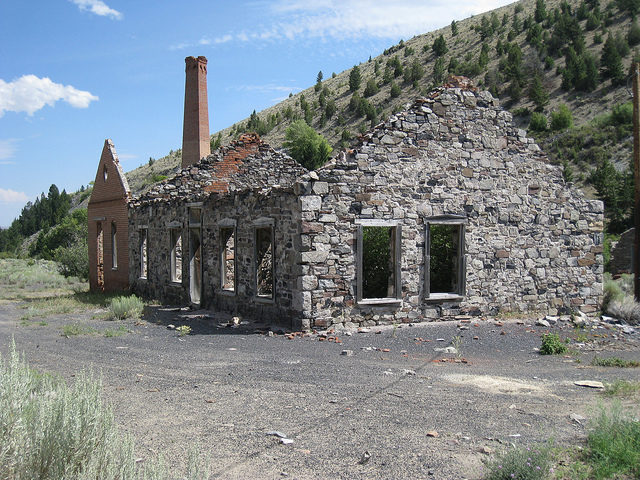
Today only lonely huts and houses remain alongside the stone office building and dusty old roads. The old smelter is still standing, though it has not crushed anything for many years. Despite its status as a ghost town, Glendale still attracts many travelers, who come to gain insight into Montana’s mining days of old and what it meant to be part of a 19th-century prospectors’ town.
